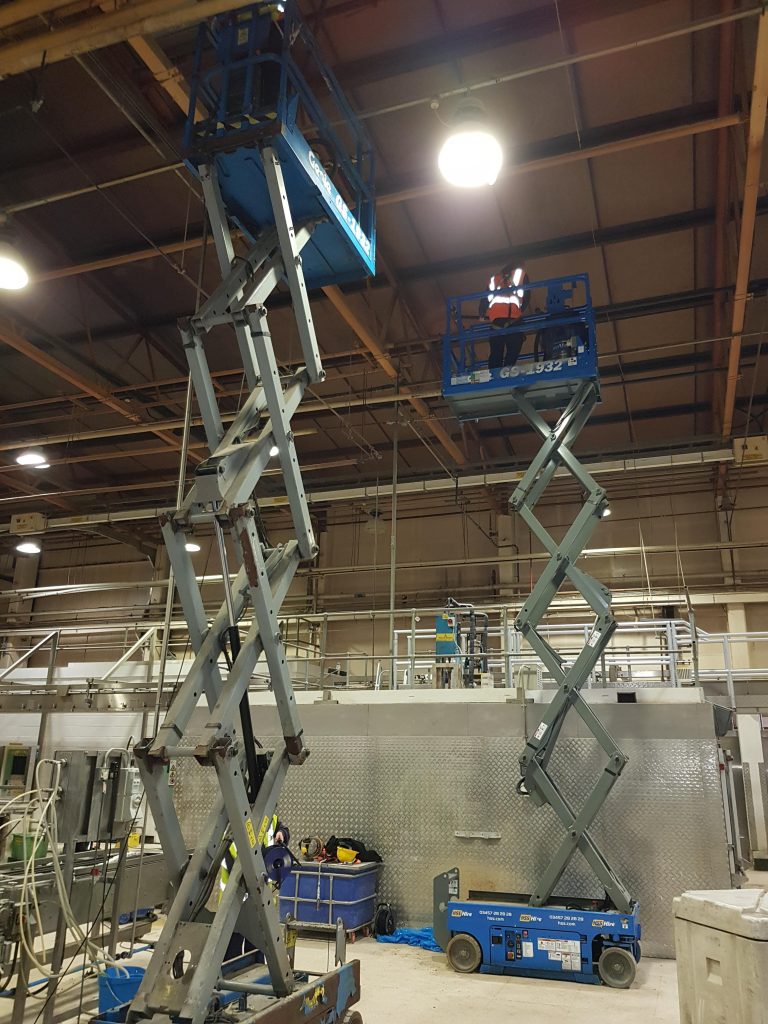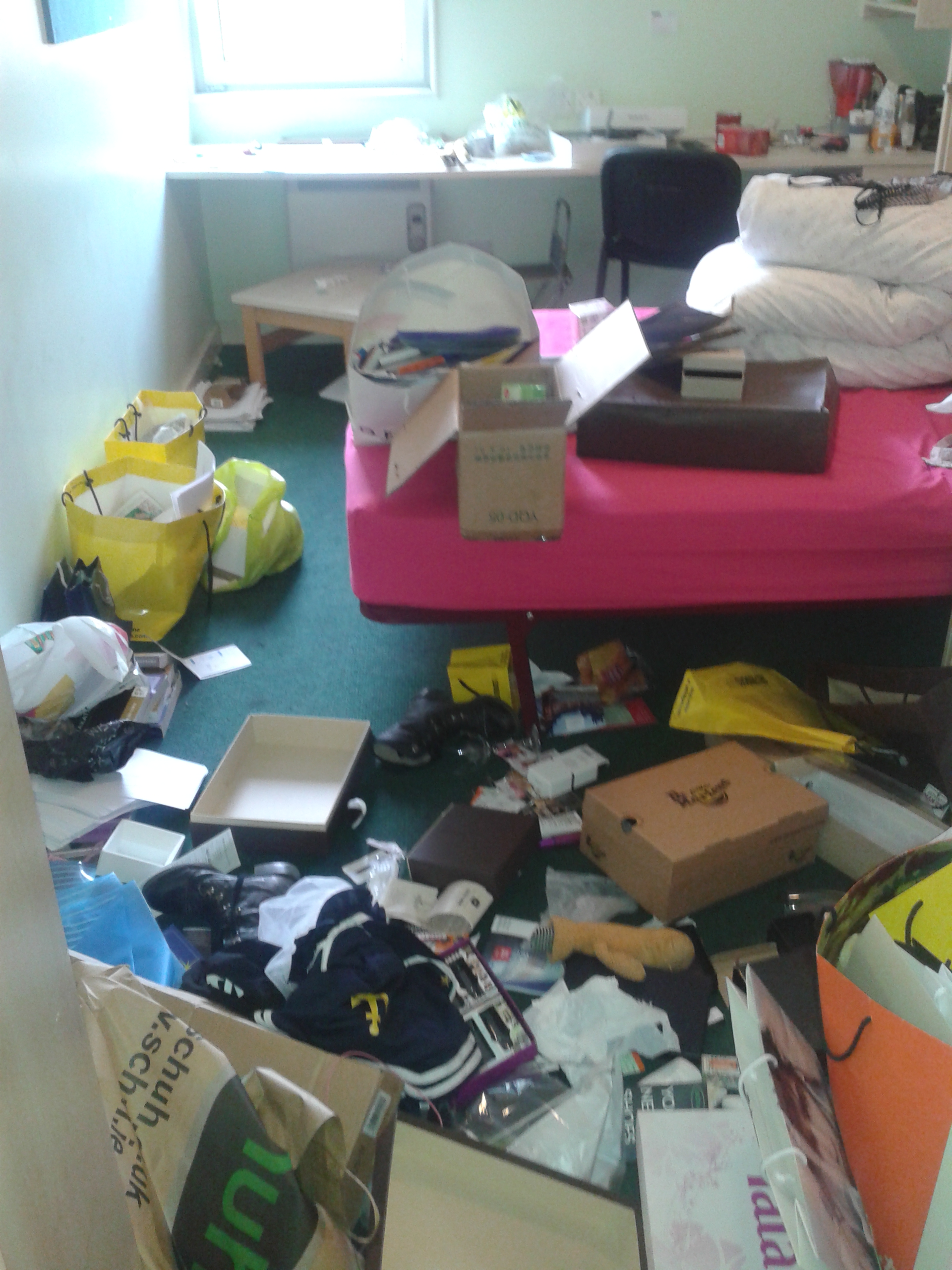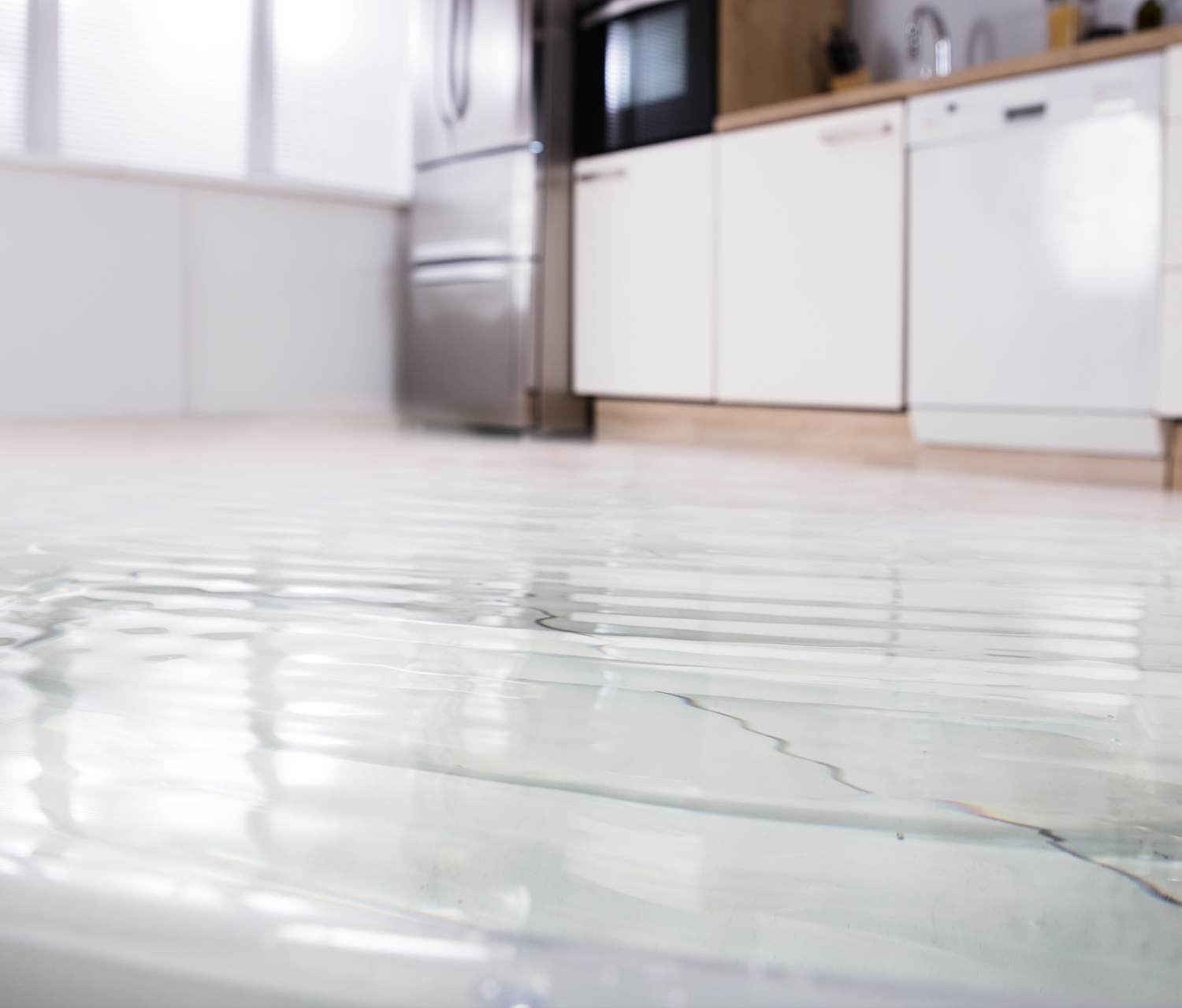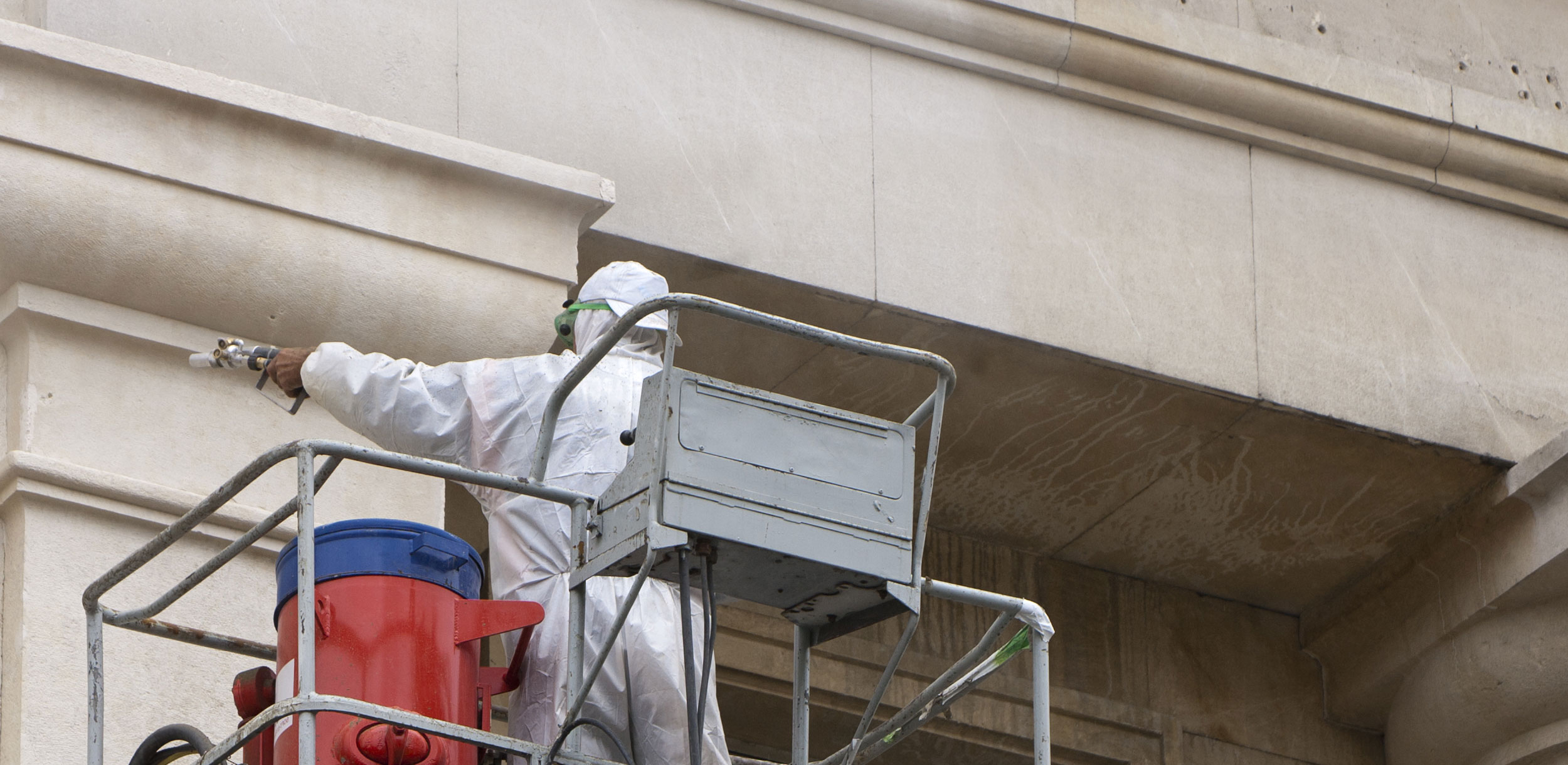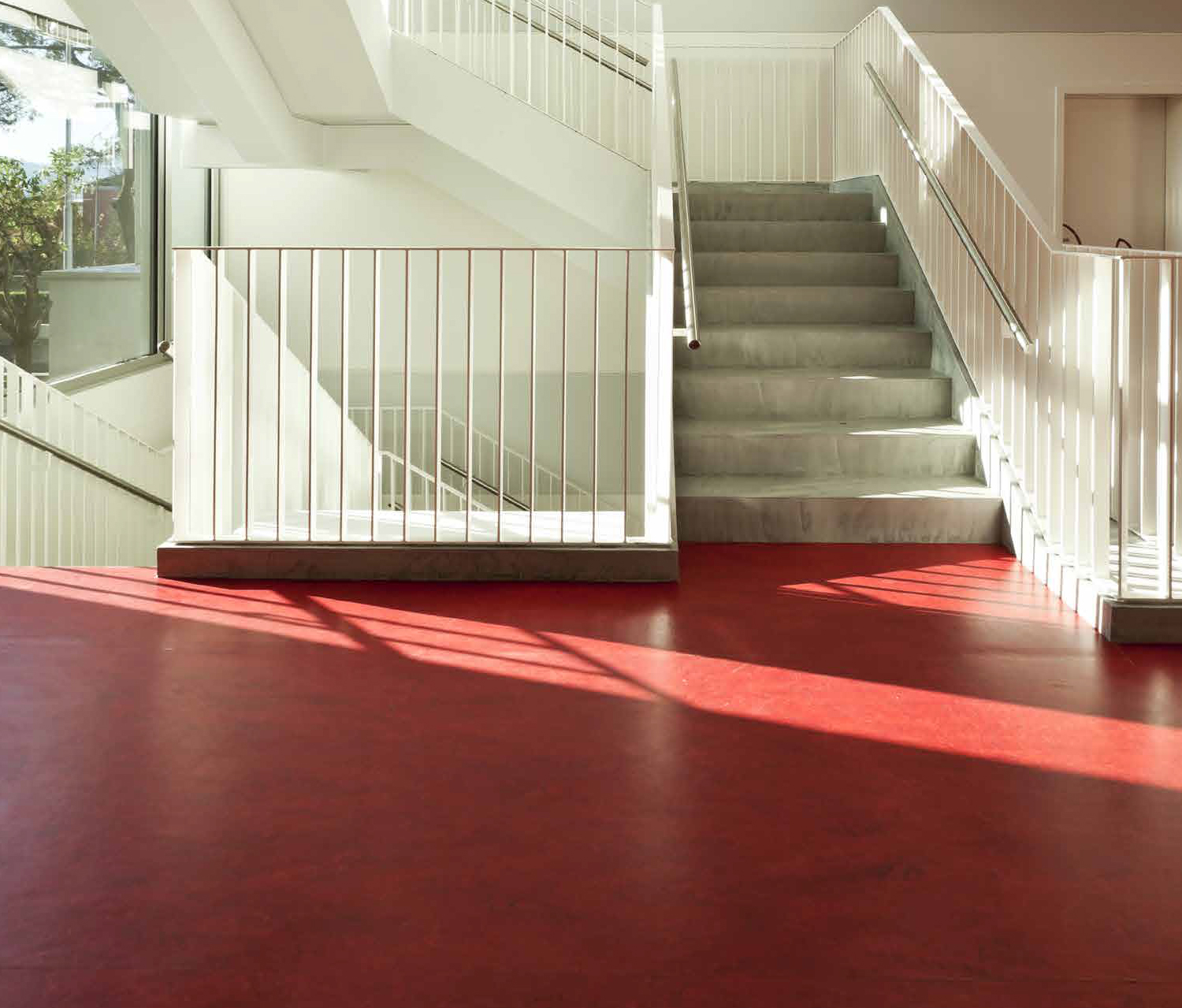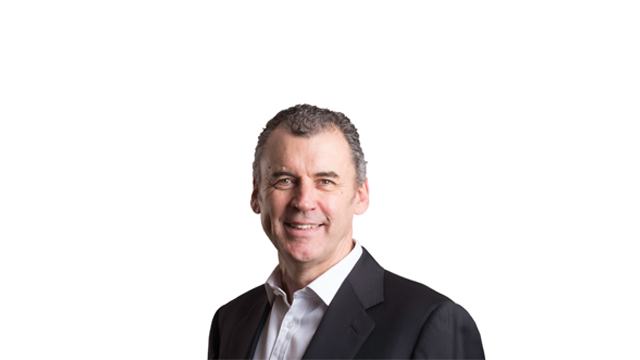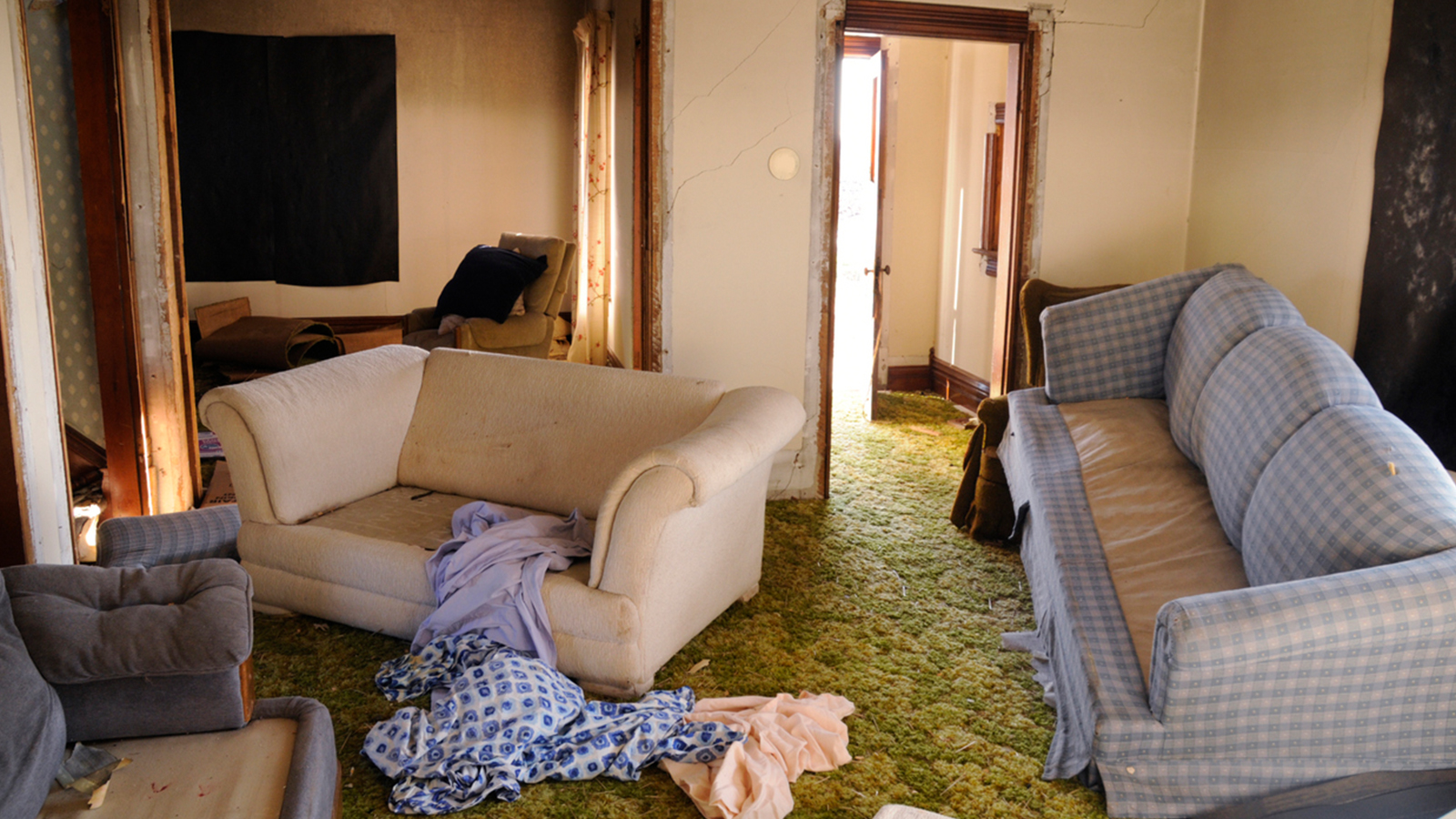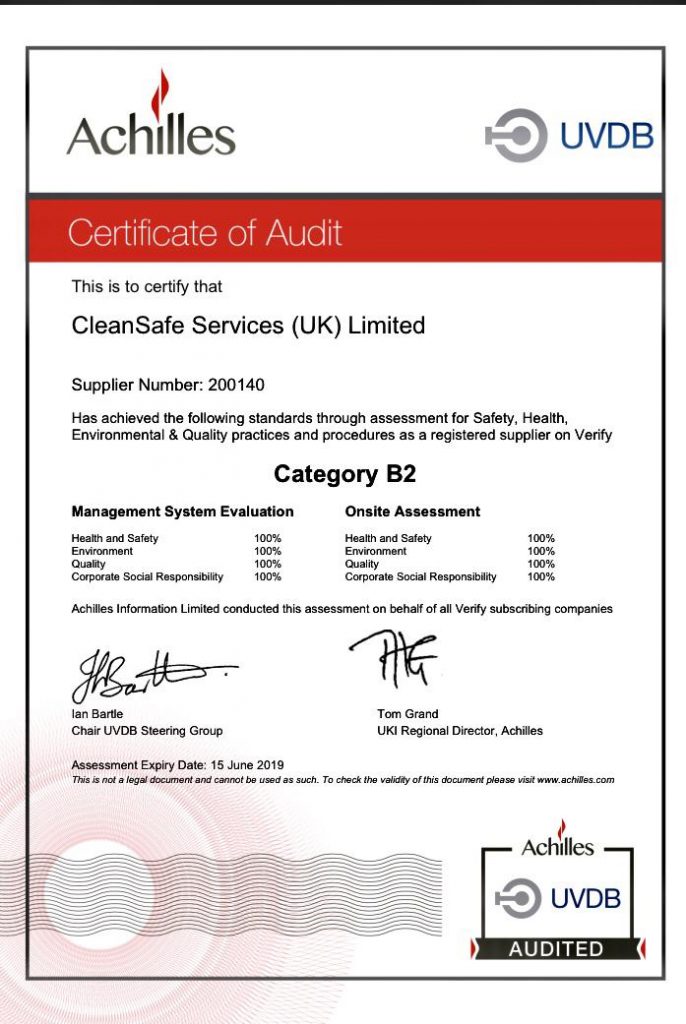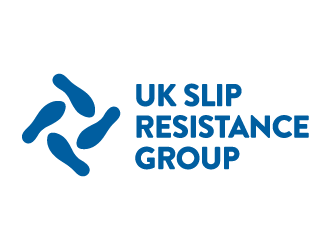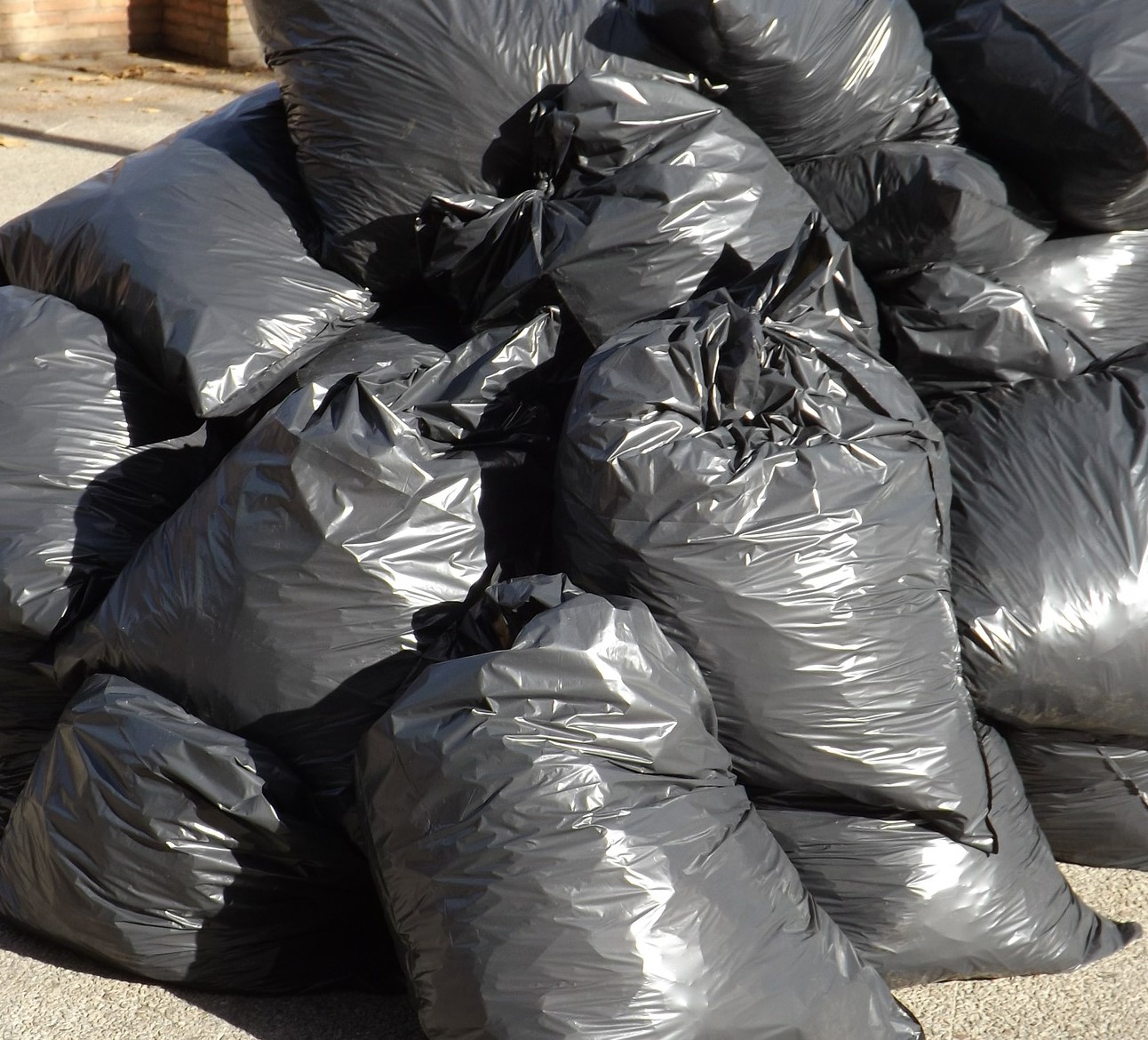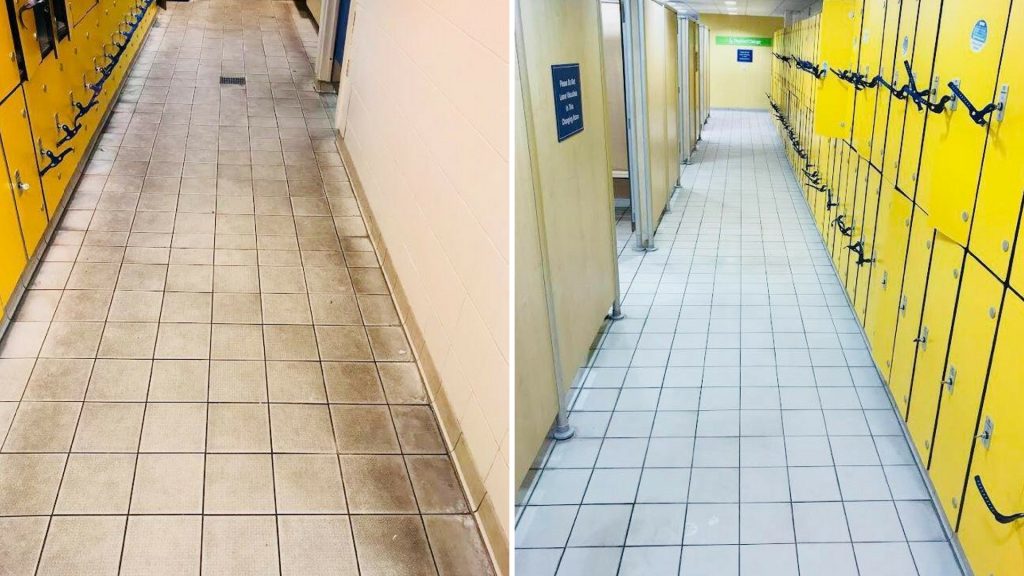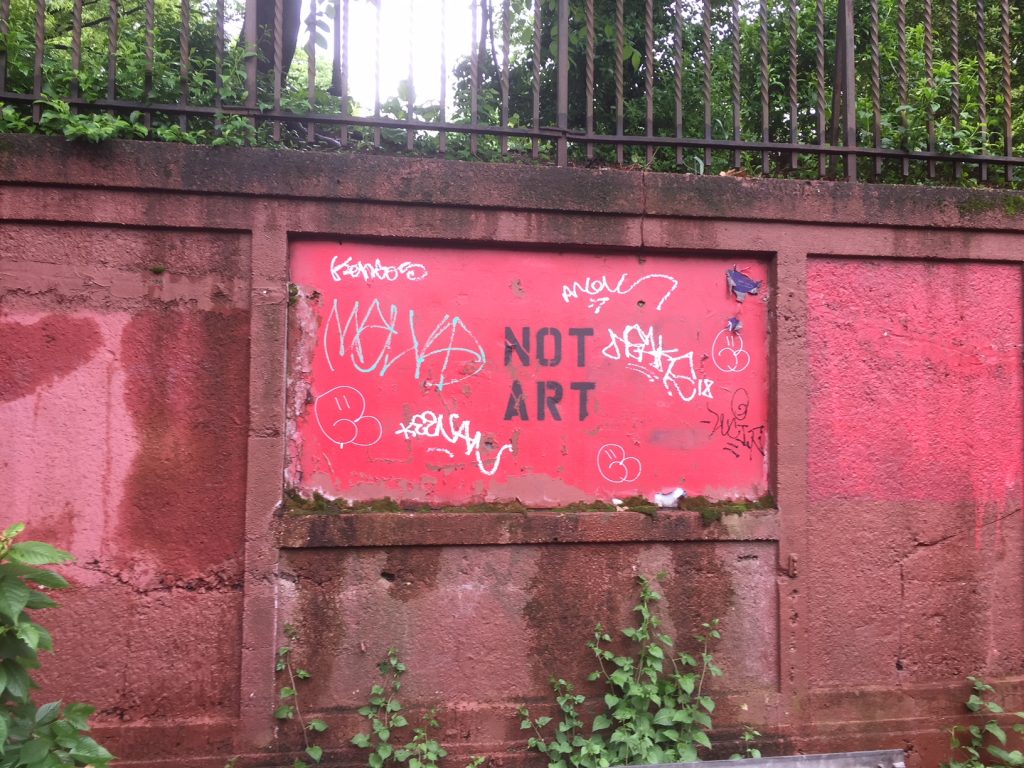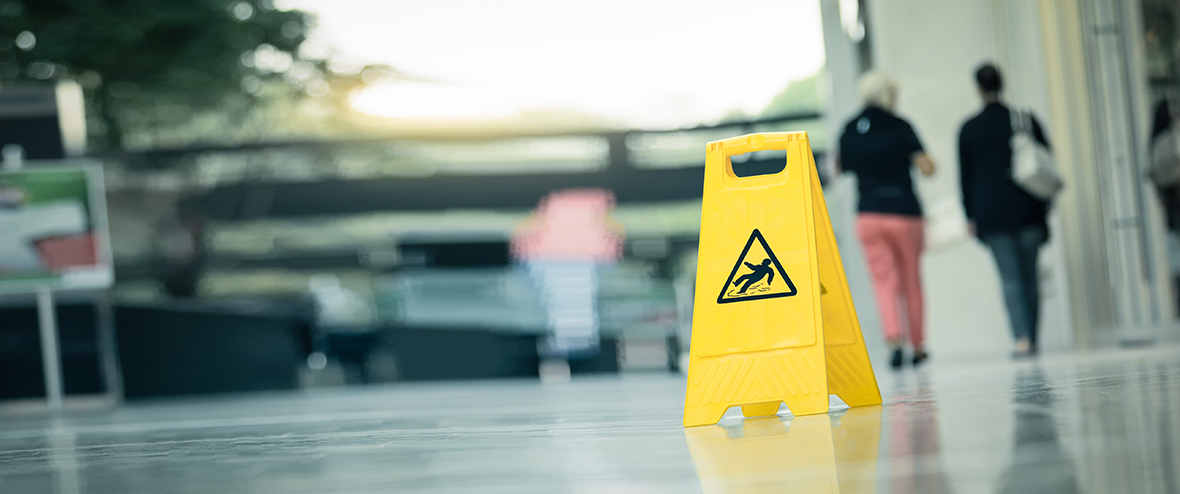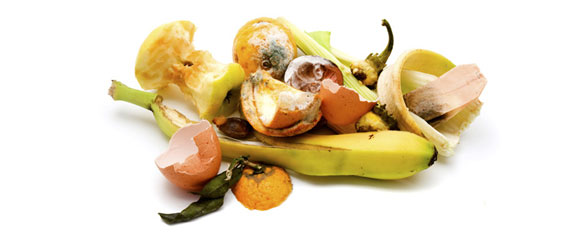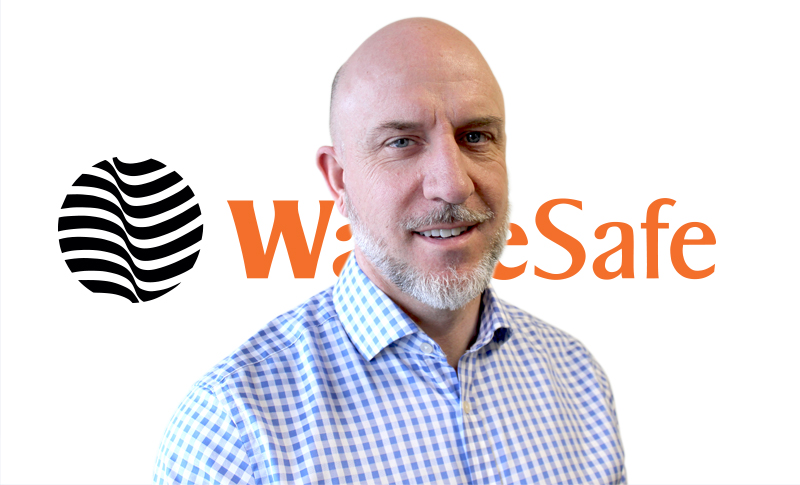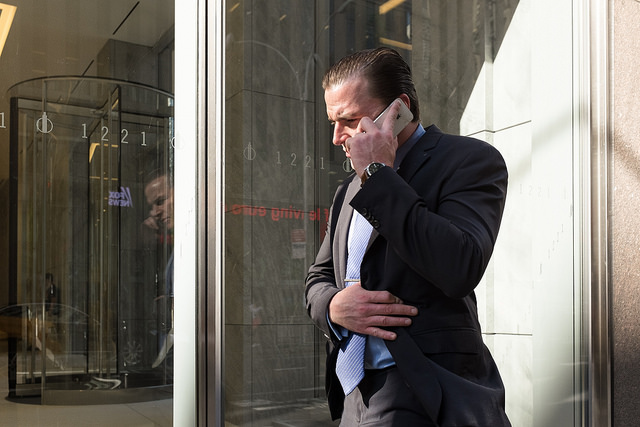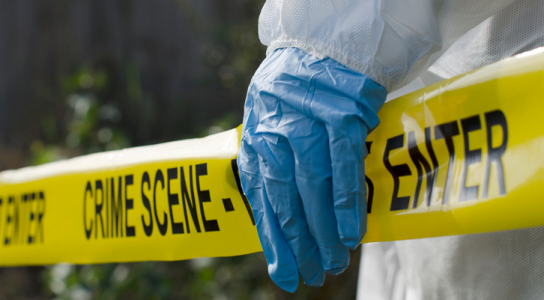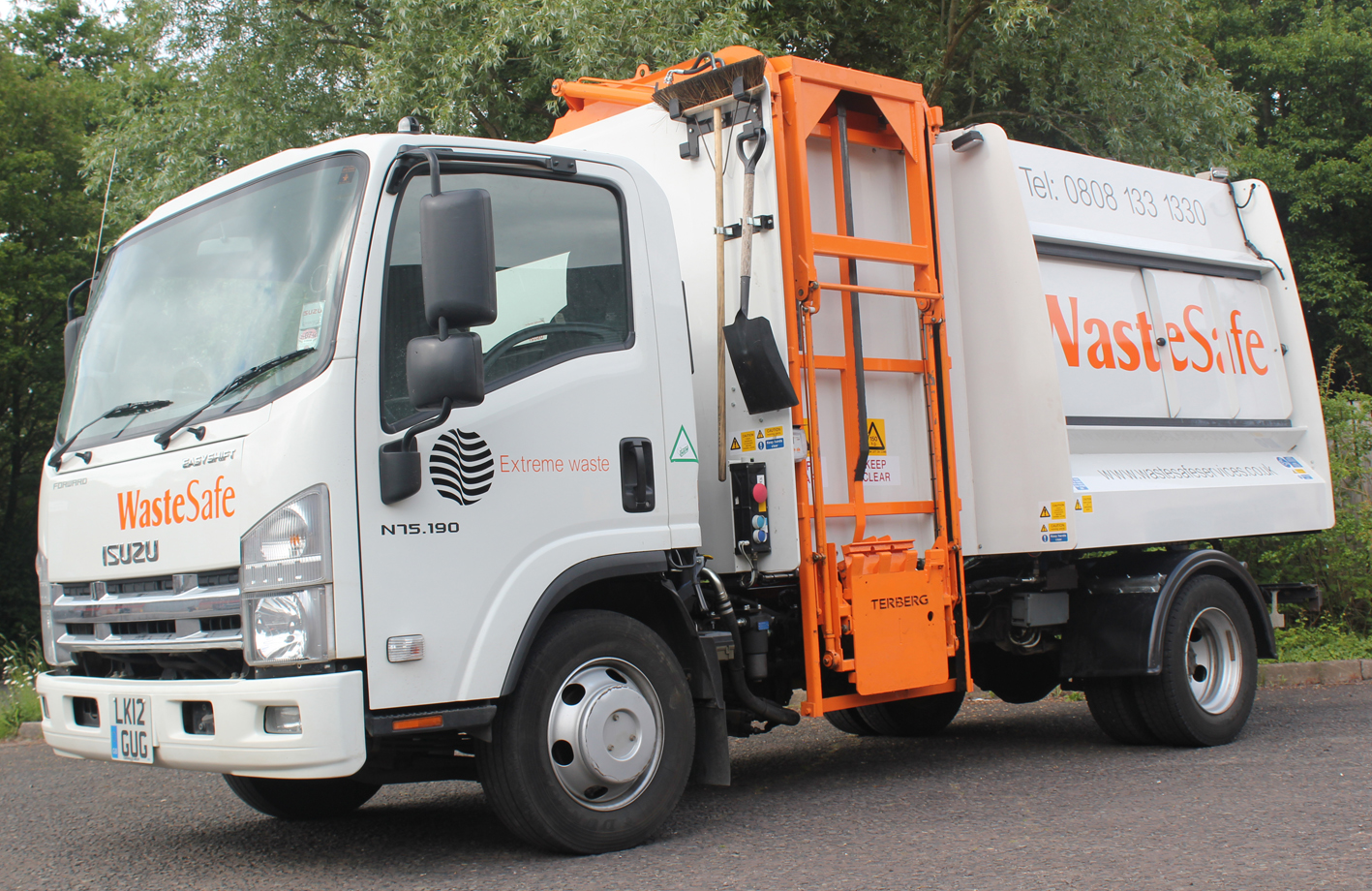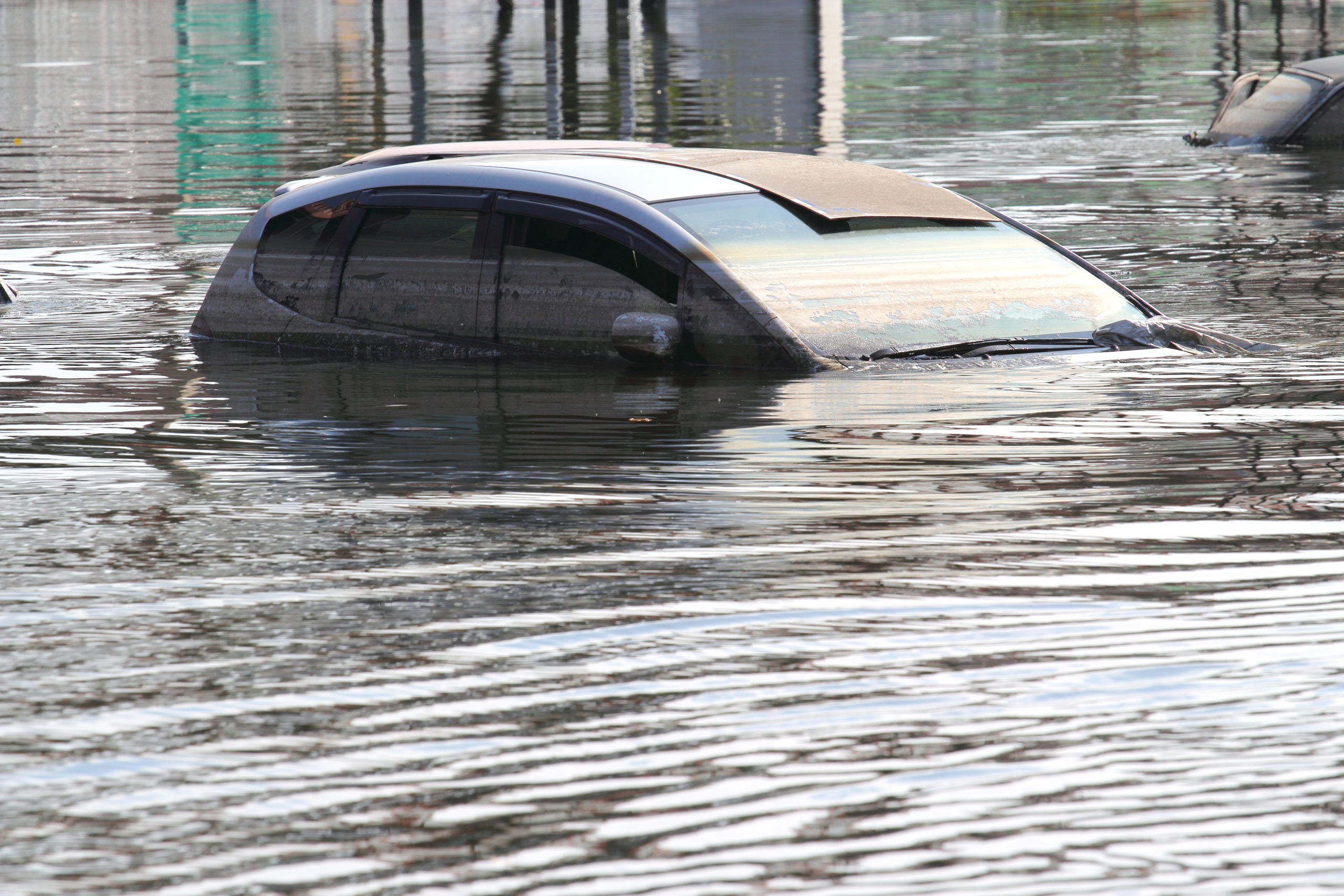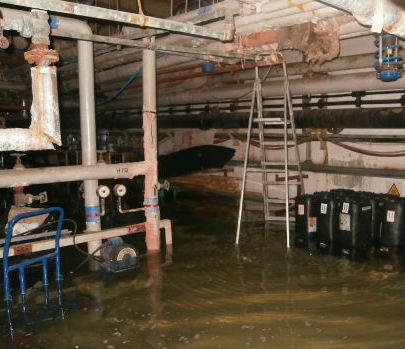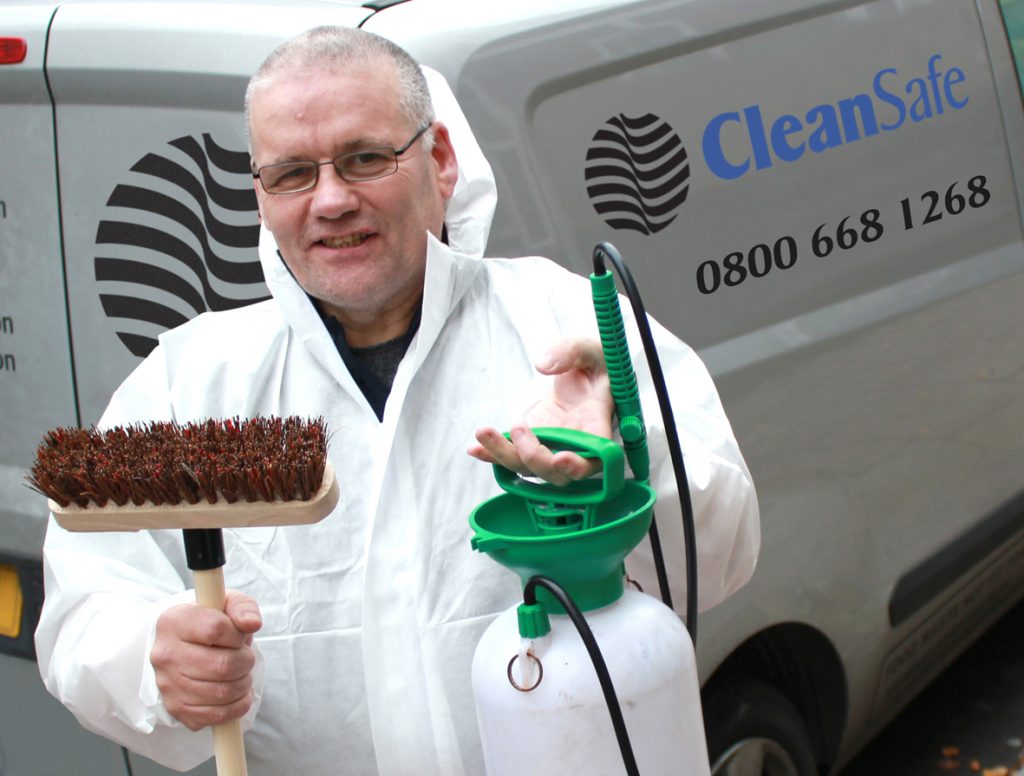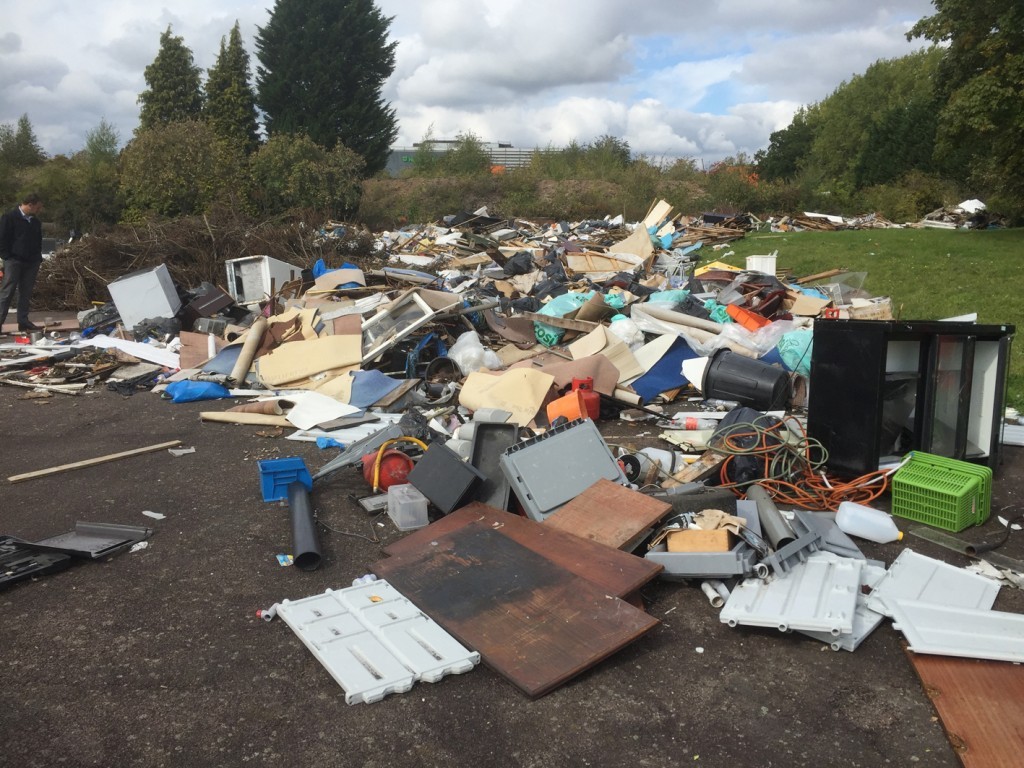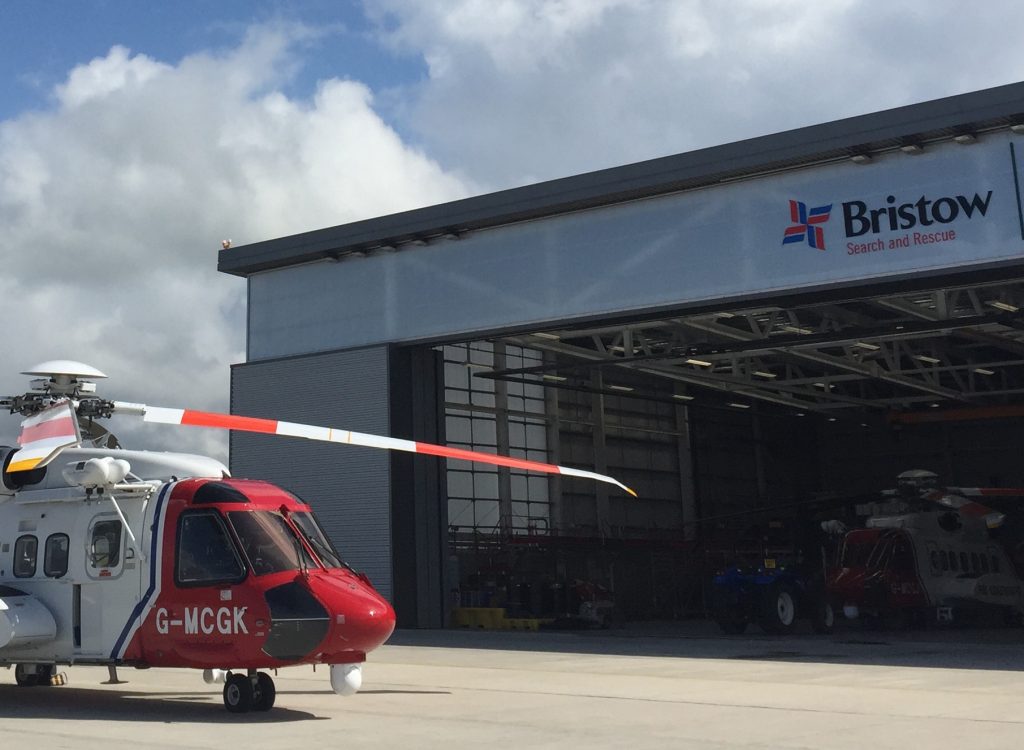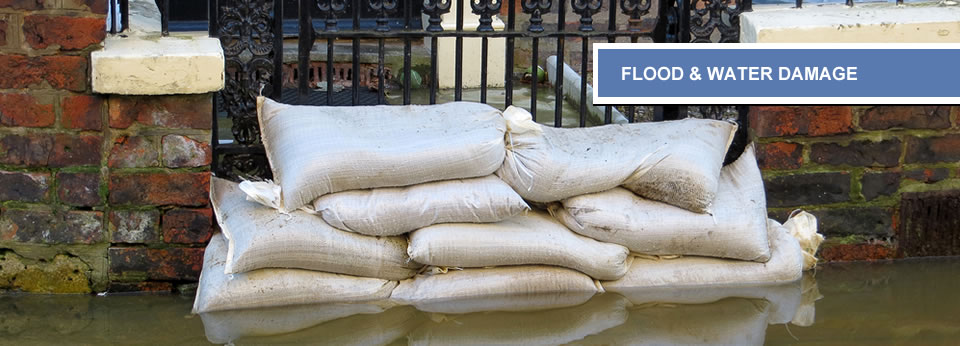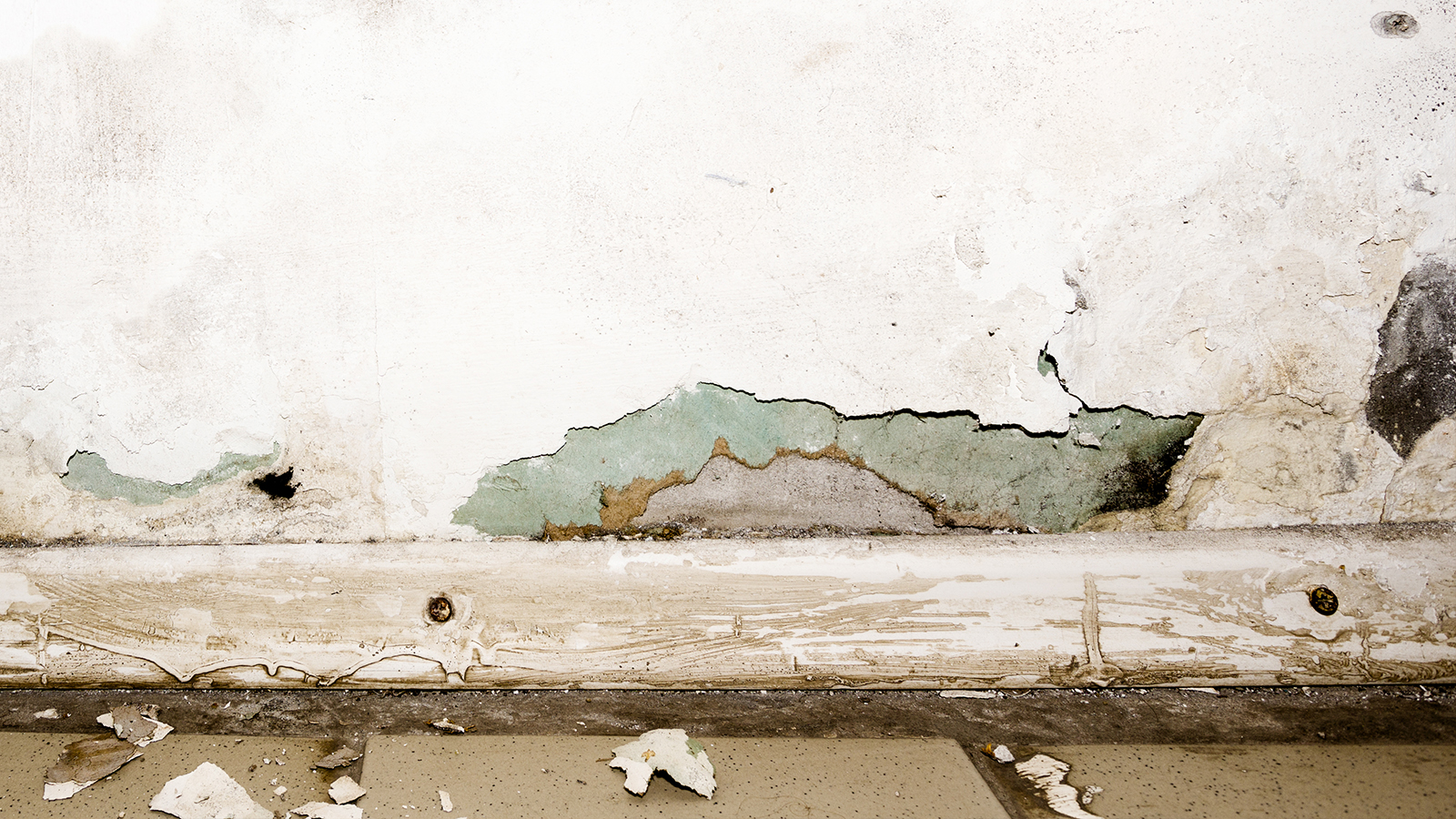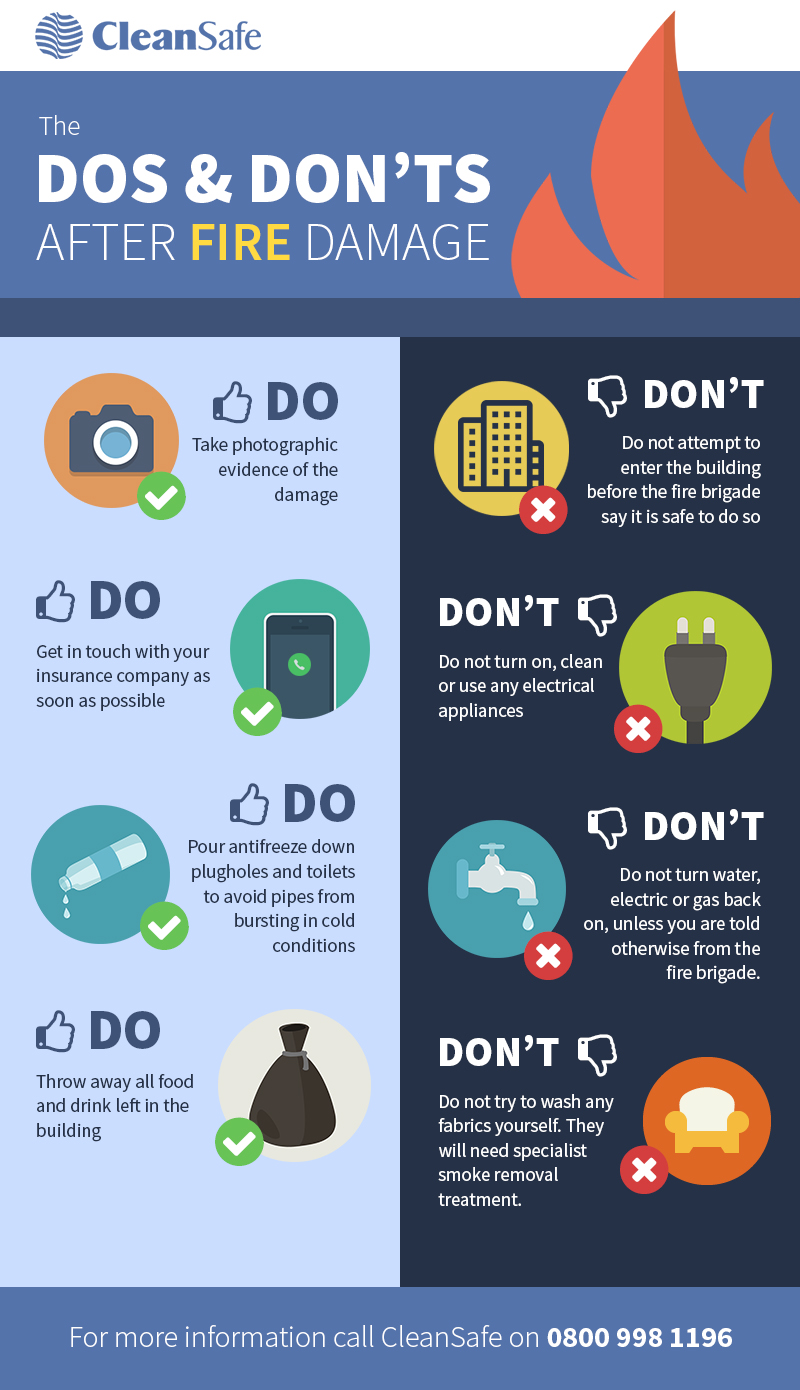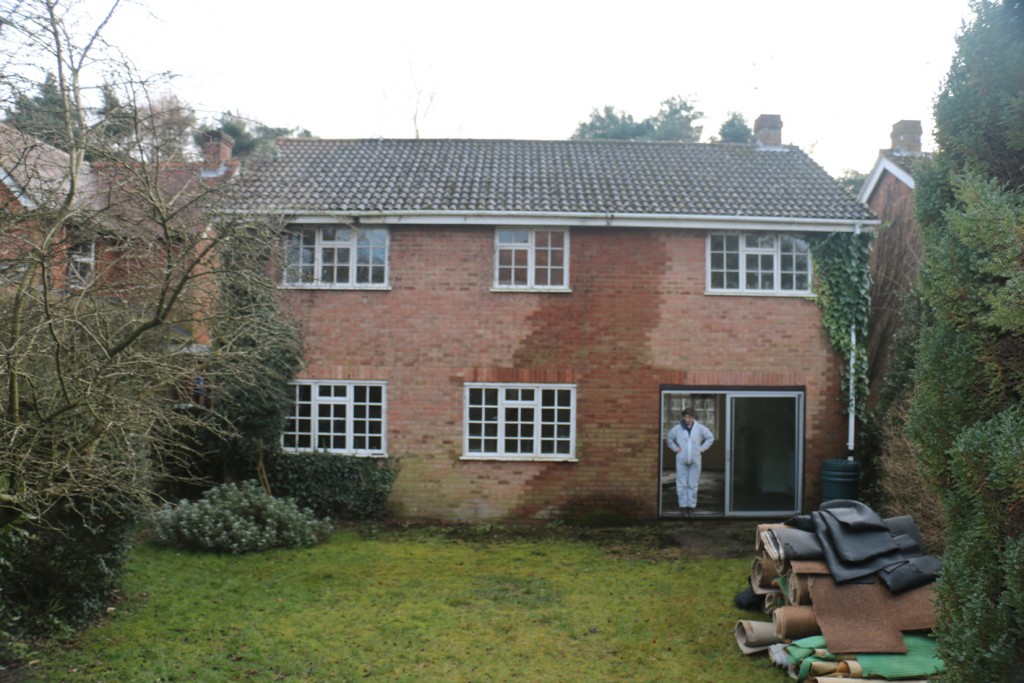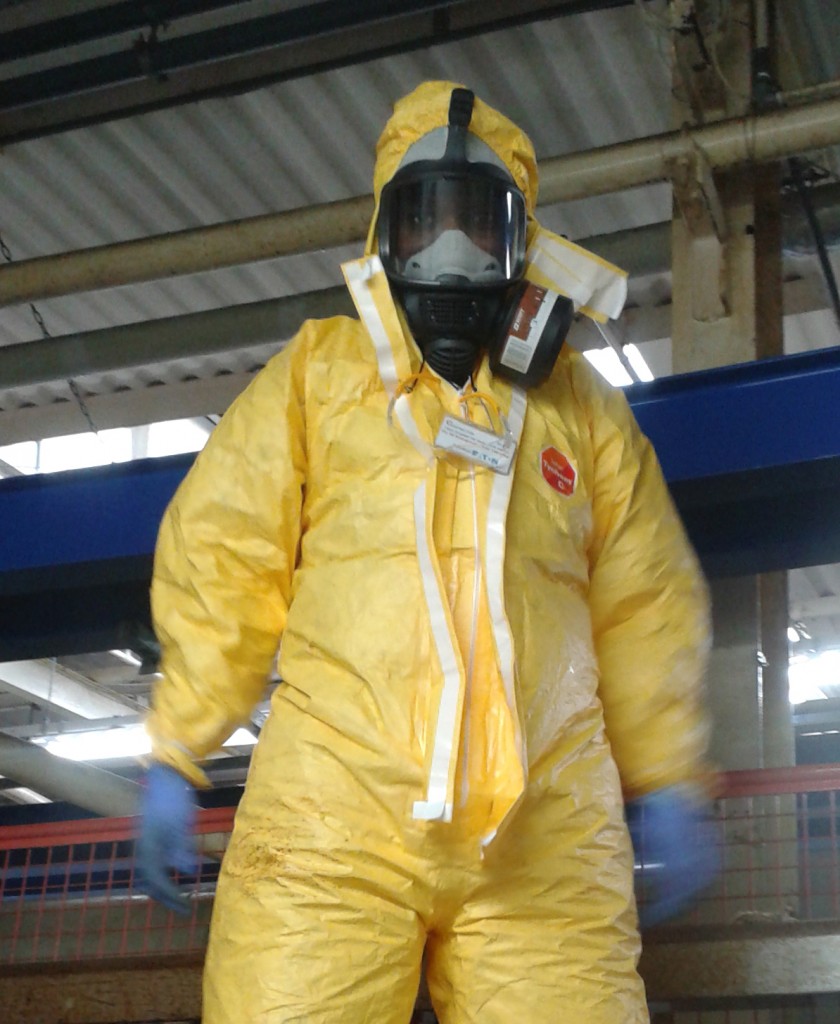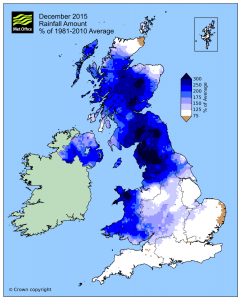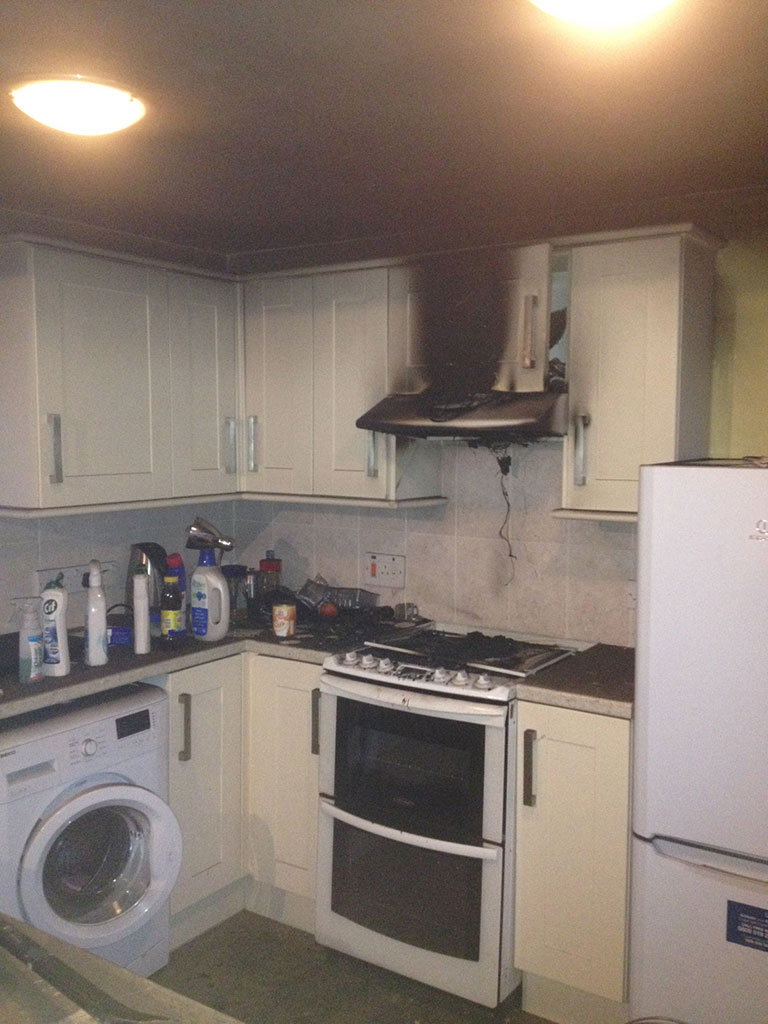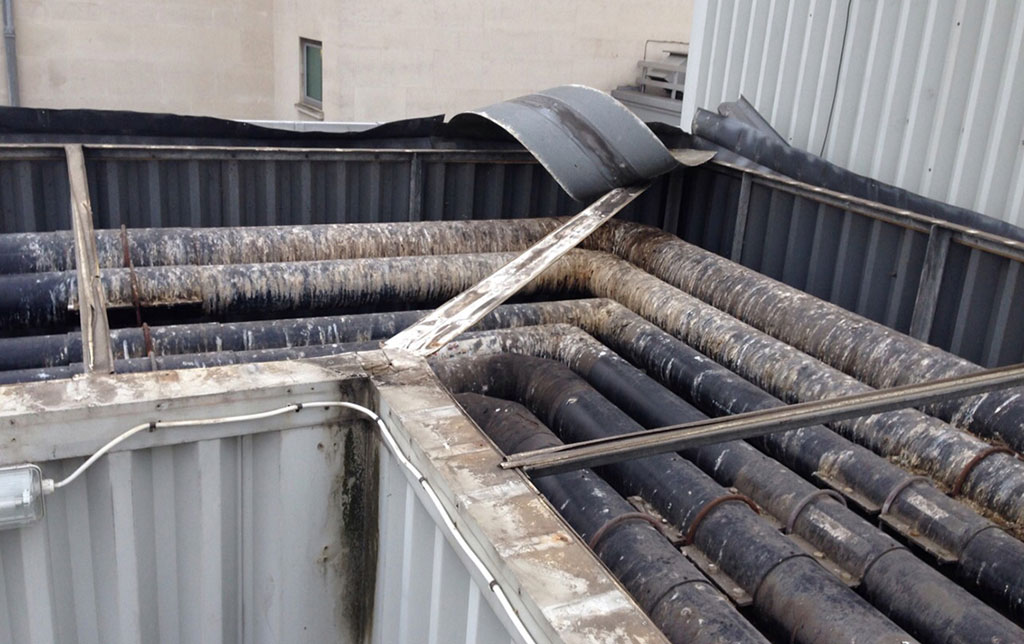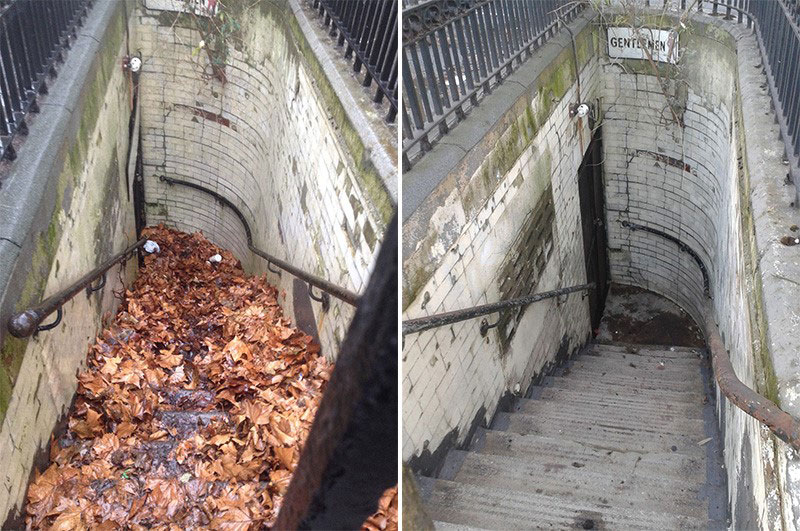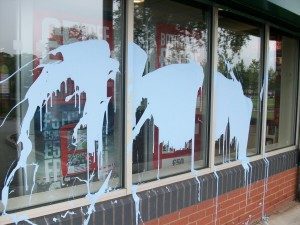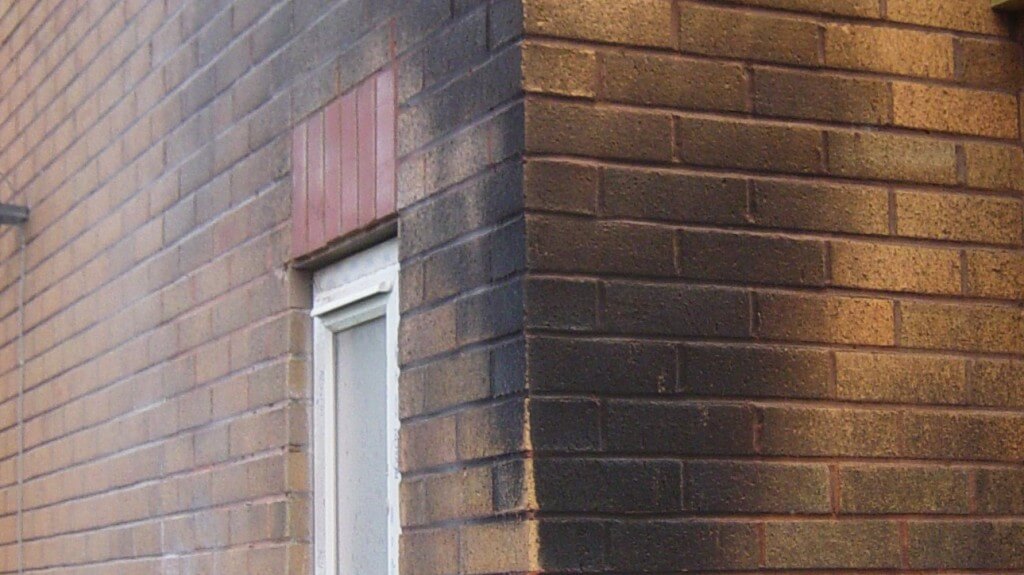Leading extreme cleaning specialist CleanSafe Services has used ‘melt and blast’ technology to clean tens of thousands of pieces of chewing gum from external terminal walkways at London Gatwick Airport.
Facilities managers at the UK’s second busiest airport wanted to bring public areas leading to terminal buildings up to the same World Class standard as those inside.
To achieve this, they commissioned CleanSafe to use a specialist technique that rapidly heats the chewing gum and removes it from the floor with a jet of water at 1,250 pounds per square inch.
The response of airport visitors has been highly favourable, as they see floors darkened by sticky grime transformed, looking brand new again.
London Gatwick Airport Incident Manager Nick Henderson said: “CleanSafe has filled a very niche and specialist function for us, to get our base cleaning standards to a higher and improved level.
“The CleanSafe team has done a fantastic job of giving the areas a cleaning facelift, to enable our core cleaning provider to perform their function.
“Now CleanSafe has established a good benchmark for external flooring, it helps our core cleaning provider to maintain that standard.”
As the world’s most efficient single-runway airport, London Gatwick Airport experience some of the highest footfalls of any public space on the globe. It caters for 36 million passengers a year, and many millions more visitors.
Nick Henderson said entrances to terminals – the “front door” for the airport – create a first impression, so have to be right. But they are the most difficult to maintain.
He added: “Passenger behaviour results in gum being disposed of prior to entering the building. It often ends up on the paved areas, even though gum bins are provided at every entrance. This, combined with dwell areas where people smoke, often with a coffee or tea, provides us with a big challenge.”
Chewing gum mixes with cigarette ash and other daily grime, including spilt sugary drinks, to set rock hard, making it almost impossible to shift using conventional cleaning techniques.
CleanSafe Managing Director Steve Broughton said: “Chewing gum remains one of the biggest cleaning challenges facing any organisation managing public access spaces.
“The external walkways at London Gatwick Airport are at the extreme end of this challenge. They have among the highest rates of dropped chewing gum and cigarette ends we’ve experienced anywhere in the UK.
“At the North Terminal alone, we cleaned 30,000 square feet, with an estimated 120,000 pieces of chewing gum.”
To counter this problem, CleanSafe is using its Aquila Triventek high pressure steam cleaner.
Combined with the skill and experience of CleanSafe operatives, the technology represents the fastest, safest and most cost-effective way to deep clean large floor areas.
Steam heated to 150 degrees Centigrade removes surface grime and begins to melt the chewing gum. Then a jetting lance is used to blast the chewing gum from the floor.
CleanSafe’s David Avers, project managed the work at London Gatwick. He said: “We worked our way across the terminal walkway a block at a time. As we go, we are taking the floor from dark to bright and looking brand new.
“The transformation is impressive, and gets very favourable comments from the public.
“With floor cleaning equipment that uses high pressure water and steam, health and safety is paramount. The worksite is enclosed in sheeted barriers, and is monitored by a look-out at all times.”
London Gatwick Airport’s Nick Henderson said: “Our core cleaning team is now investing in gum removal, with the use of new technology and chemicals, to prevent the build-up of chewing gum.”


